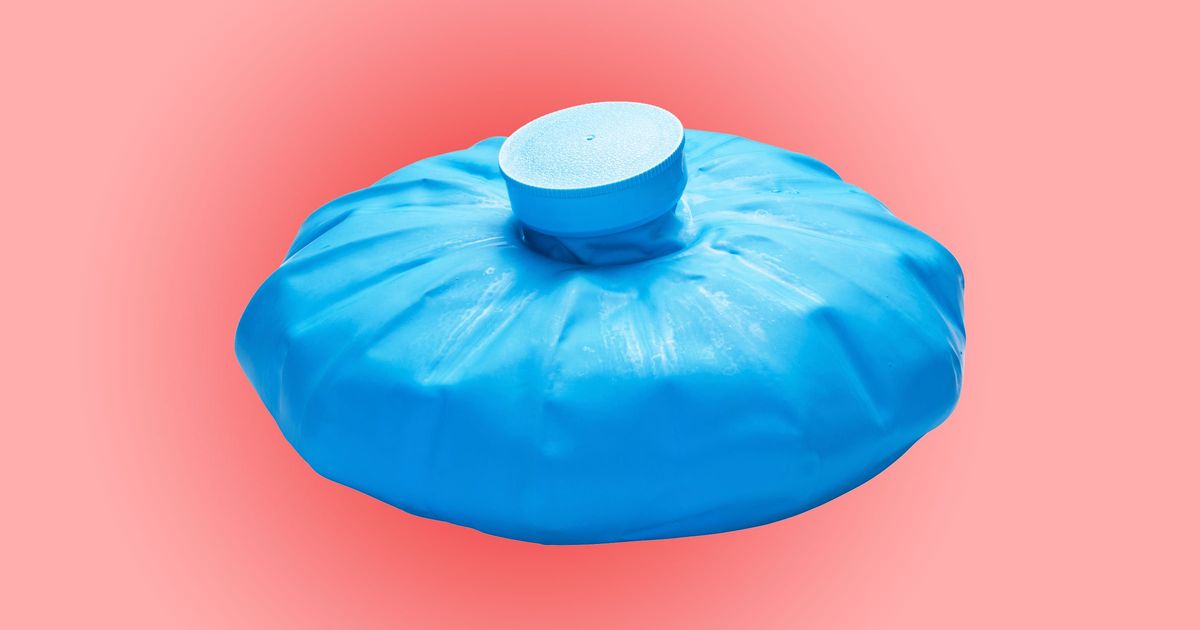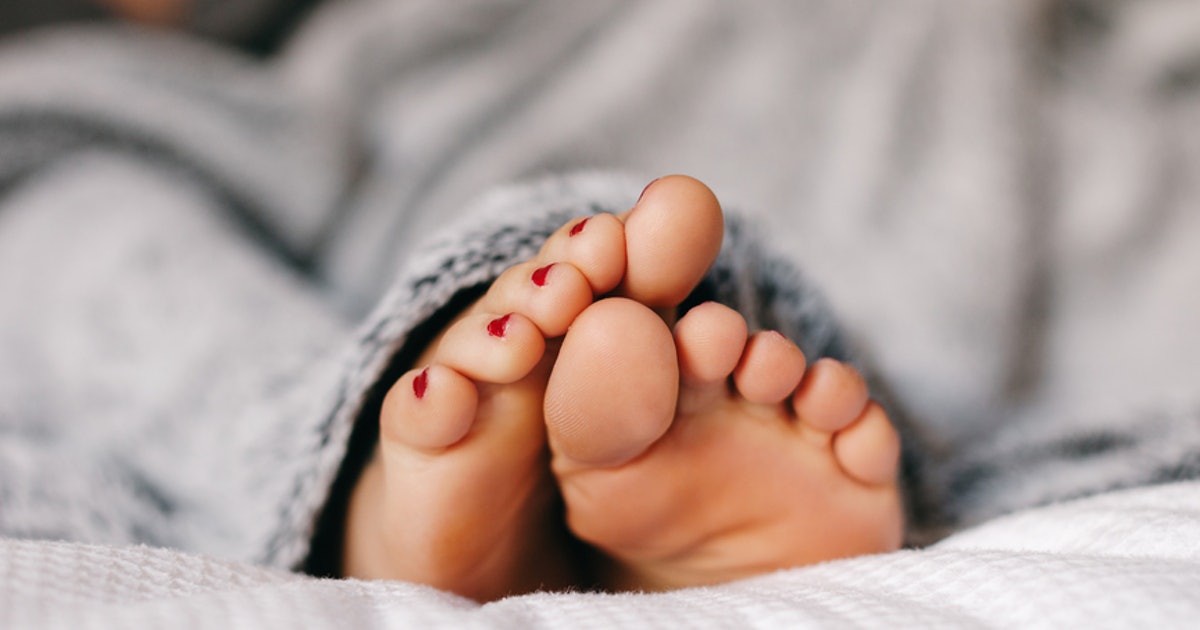How To Treat Ecchymosis
Ecchymosis is the result of blood leaking from a damaged capillary into the tissue surrounding the affected area, under the skin. As a result, bruising and discoloration of the skin are common. This condition typically will take anywhere from between one and three weeks to heal fully, and as the healing process progresses, the afflicted area will likely change from a blackish-blue or purple to green or yellow. Similar to hematomas or bruises but not the same thing, a hematoma is a patch of skin that has become swollen as a result of a collection of clotted blood outside blood vessels. Ecchymosis is flat where a hematoma will usually leave a raised mark. Often mistaken for a bruise, though unlike a bruise, ecchymosis is not always brought on as a result of trauma as a result of being injured during a bump or fall. Learn about how to treat ecchymosis now.
Immediately Apply An Ice Pack

As soon as individuals notice ecchymosis, it is best to immediately apply an ice pack to the affected area. This will likely greatly increase the rate at which ecchymosis heals due to the ice’s ability to reduce its size. This works by slowing the blood flow which ends up reducing the total amount of blood that ends up leaking out of the capillaries. It is important to not apply ice directly to the area affected by ecchymosis but create a protective area for the skin by using paper towels or a washcloth to wrap the ice up first. It is best to only apply the ice pack for ten minutes at a time, as applying it for too long may result in further damage to the skin. It is perfectly alright to apply the ice pack to the area affected by ecchymosis multiple times a day, so long as this is only done in ten-minute increments and there are breaks between applications.
Keep reading for more on treating ecchymosis now.
Rest The Affected Area

After you’ve applied an ice pack, it is best to rest the affected area as much as possible. Resting the area affected by ecchymosis will ensure blood flow doesn’t increase, which may result in ecchymosis becoming worse. Keeping the affected area active will only make it worse as more blood is pushed to the damaged capillaries. It’s not uncommon that when someone goes through the effort of resting an area affected with ecchymosis that they decide to take it a step further and massage the surrounding skin. This is a mistake though, as massaging the area surrounding ecchymosis will only further promote blood flow, which can lengthen the time it takes for the area to heal. So get off your feet, don’t use the part of your body affected by ecchymosis as much as possible, and keep your hands off it!
Get familiar with more treatment options for ecchymosis now.
Elevate Affected Limbs

The next thing individuals can do to help treat ecchymosis is to elevate the affected limbs. This doesn’t mean just getting the affected limbs off the floor, but to elevate these limbs above heart level. So if you find yourself afflicted with ecchymosis on your foot, try lying on the bed or couch with a few pillows under your foot to ensure it is raised above your heart. Be elevating the area affected by ecchymosis, blood flow will be reduced significantly, which will help decrease the risk of the wound becoming worse and will promote a quicker healing process. It’s quite easy to combine these first three steps: Just lay down with the area affected by ecchymosis elevated to above heart level and then apply an ice pack in ten-minute intervals.
Keep reading for more ecchymosis treatment tips now.
Take Nonsteroidal Anti-Inflammatory Medication As Directed

Although the pain that often comes along as a result of ecchymosis usually will begin to go away on its own within the first three days, many take a nonsteroidal anti-inflammatory medication to relieve a little bit of the pain in the meantime. Depending on the medication, the pain that comes as a result of ecchymosis may either be reduced and relieved entirely. Medications such as acetaminophen reduce the pain that comes along with ecchymosis slightly, but will do nothing for any swelling that may occur. Medications such as ibuprofen will not only help to relieve the pain, but will also reduce any swelling. So individuals should take nonsteroidal anti-inflammatory medication as directed by a doctor if they’re in need of some pain relief.
Learn more about ways to treat ecchymosis now.
Apply Heated Compress Later

As long as an individual has been making sure to regularly apply an ice pack to the affected area, giving it adequate rest, and making sure to elevate it as much as possible, they should notice their condition is starting to subside. Once at this point, it may be beneficial to apply a heated compress. The benefits of applying heat to the area affected by ecchymosis later in the healing process are that inflammation, metabolic activity, and circulation will increase. Avoid applying heat to the affected area too soon though, as increased circulation can work against you in the early stages of the healing process and may worsen the situation. But later, the increased blood flow will help relieve lingering pain and clear the blood that has collected in the tissue too.